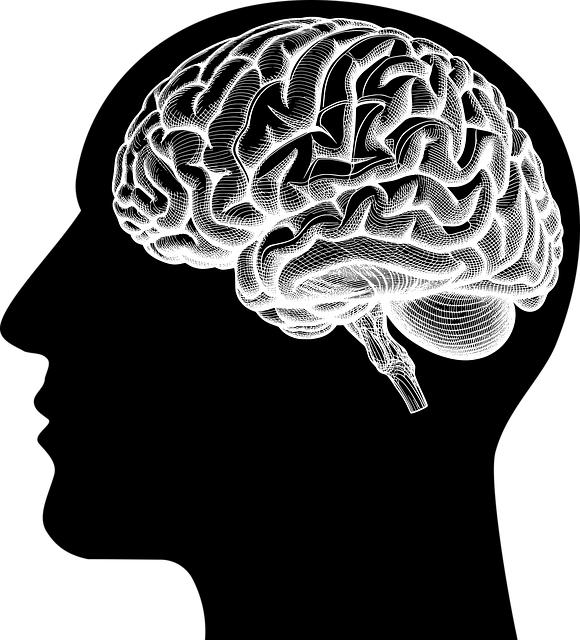Adolescent trauma, often from abuse or exposure to violence, impacts long-term mental health and requires specialized support. Early intervention through tailored therapy, including CBT and EMDR, aids in pain management and healing. Safe spaces, cultural competency training, and holistic approaches focusing on resilience and emotional regulation are key. Trauma-informed care models emphasize open communication, individual/group counseling, and peer support for teens dealing with complex emotions. Confidentiality, evidence-based techniques, and prevention strategies ensure effective support while empowering adolescents to overcome trauma and build resilience.
Trauma is a prevalent issue among adolescents, with many facing emotional and psychological challenges. This article explores essential aspects of trauma support services provision, focusing on understanding adolescent trauma, effective therapy methods, pain management strategies, accessible resources, and best practices for service providers. By delving into these areas, we aim to enhance the availability and quality of care for young individuals seeking recovery from traumatic experiences, particularly through targeted therapy for adolescent teens and pain management techniques.
- Understanding Adolescent Trauma and Its Impact
- The Role of Therapy in Supporting Teens
- Pain Management Strategies for Young Individuals
- Accessible Resources and Services for Adolescents
- Creating a Safe Space: Best Practices for Service Provision
Understanding Adolescent Trauma and Its Impact

Trauma among adolescents is a significant concern, often stemming from various sources such as abuse, neglect, or exposure to violent events. Understanding this complex issue is crucial in developing effective support systems for young people. Adolescents, being at a critical stage of development, may experience trauma differently than adults, with potential long-lasting effects on their mental and emotional well-being.
Early intervention through therapy tailored for adolescent teens can significantly aid in pain management and promote healing. Services should focus on providing safe spaces where young individuals can express their experiences and emotions freely. Depression prevention and stress reduction methods are integral components of holistic trauma care, ensuring that adolescents develop resilience and coping strategies to navigate the challenges they face. Community outreach program implementation can also play a pivotal role in reaching at-risk populations and offering much-needed support.
The Role of Therapy in Supporting Teens

Therapy plays a pivotal role in supporting teen trauma victims navigate their experiences and foster healing. Tailored therapy sessions for adolescent teens go beyond addressing symptoms; they aim to help them process emotions, develop coping mechanisms, and regain a sense of control over their lives. Through various therapeutic approaches, including cognitive-behavioral therapy (CBT), trauma-focused dynamic therapy, and eye movement desensitization and reprocessing (EMDR), teens can learn to manage their pain effectively.
These therapies not only equip adolescents with tools to confront and overcome traumatic memories but also enhance their resilience. Cultural competency training for healthcare providers is integral in ensuring these therapeutic interventions are sensitive to the diverse backgrounds and experiences of teen patients. By incorporating conflict resolution techniques and public awareness campaigns development, therapists can create a supportive environment where teens feel understood and encouraged to share their stories. This holistic approach ensures that not only do teens receive the necessary pain management support, but they also develop long-lasting coping strategies for current and future challenges.
Pain Management Strategies for Young Individuals

Young individuals experiencing trauma often struggle with intense and chronic pain that can significantly impact their daily lives and overall mental wellness. Effective pain management strategies are essential for this demographic, as traditional methods might not always resonate with adolescent teens. Therapy for adolescent teens should incorporate innovative approaches to address this complex issue. One such method gaining traction is mindfulness meditation, which helps individuals develop emotional regulation skills, allowing them to manage pain symptoms more effectively.
Mental wellness coaching programs can play a pivotal role in the development of young people by teaching them coping mechanisms and promoting self-care practices. By combining therapy with techniques like mindfulness meditation, these support services empower adolescents to take charge of their mental health. This holistic approach ensures that not only do they learn to manage acute pain, but they also develop long-lasting emotional resilience, fostering a healthier relationship with themselves and their bodies.
Accessible Resources and Services for Adolescents

Adolescents experiencing trauma require accessible resources and services tailored to their unique needs. Many traditional therapy models may not adequately address the complex emotional and psychological challenges faced by this demographic. As such, there is a growing emphasis on developing trauma-informed care approaches specifically for adolescent teens. These innovative practices prioritize creating safe, supportive environments that foster trust and encourage open communication.
Effective trauma support services incorporate various modalities, including individual therapy, group counseling, and peer support groups. With proper access to these resources, adolescents can develop coping strategies for managing pain and flashbacks while cultivating resilience. Furthermore, integrating cultural competency training within healthcare provider education ensures that young individuals from diverse backgrounds receive sensitive and culturally responsive care. This comprehensive approach to trauma support services aims to prevent burnout among caregivers while empowering teens to reclaim their emotional well-being and lead fulfilling lives.
Creating a Safe Space: Best Practices for Service Provision

Creating a safe and supportive environment is paramount when offering trauma support services, especially for vulnerable adolescent teens. This involves implementing best practices that foster trust and encourage openness. One key aspect is ensuring confidentiality; teens must feel their stories will remain private, promoting honest self-disclosure. Additionally, providing a non-judgmental space where emotions are validated is essential. Therapists should adopt a warm, empathetic approach, allowing teens to express their experiences without fear of criticism or rejection.
Incorporating evidence-based therapy techniques for pain management tailored to adolescents can significantly enhance service provision. This includes encouraging self-awareness exercises and resilience-building activities that empower teens to cope with trauma’s aftermath. By integrating these strategies, healthcare providers can effectively support adolescent teens, helping them navigate their healing journey while minimizing the risk of burnout by implementing robust prevention strategies for themselves.
Trauma support services play a pivotal role in fostering the resilience and well-being of adolescent teens. By combining evidence-based therapy with effective pain management strategies, we can create safe spaces that empower young individuals to heal and thrive. Accessible resources and best practices for service provision are essential tools in ensuring that every teen receives the care they need to navigate their trauma journey. Through a comprehensive approach, we can help break down barriers and make a lasting impact on their lives.








